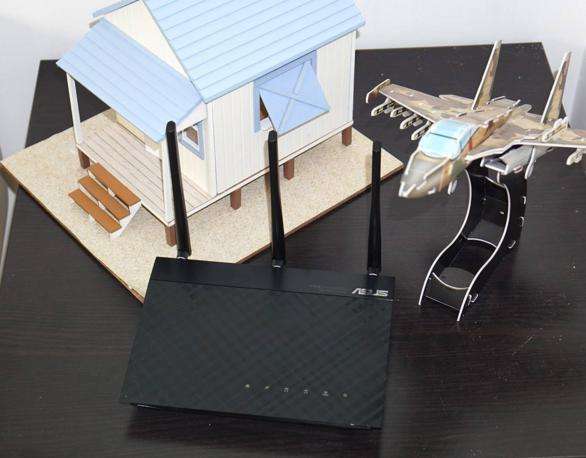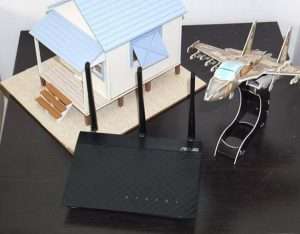Why Is It Better Not To Put The Router Next To The Wall?

Nowadays, routers are a common device found in many homes, providing us with communication and internet access. However, some people may experience weak WiFi signals at home without knowing why. Apart from the possibility of the router itself causing the deterioration of WiFi signals, there are other factors to consider as well. One such factor is the structure of the walls, which can have a significant impact on the strength of the WiFi signal.
Thick walls can be an obstacle for WiFi signals to penetrate through, especially if the wall is made of concrete or metal. This is because these materials are denser compared to other materials, such as wood or drywall, which can absorb or weaken the signal. If the router is located on one side of the thick wall and the device you’re using is on the opposite side, the signal will have to go through the wall to reach your device, resulting in a weak WiFi signal.
Another factor to consider is the placement of the router. If the router is located in a room with many obstacles, such as furniture or other objects, it can also weaken the WiFi signal. This is because the objects can absorb or reflect the signal, preventing it from reaching your device.
There are ways to overcome these obstacles and improve the strength of your WiFi signal, such as moving the router to a more central location in the house or investing in a WiFi extender. However, it’s important to keep in mind that certain structural obstacles may be more difficult to overcome, and some may require professional assistance to solve.

Indeed, the strength of the WiFi signal has a certain relationship with the material and structure of the wall. Some people’s home router is not broken, the network is no problem, and the location is correct, but the home network is still very stuck, from the beginning to the end, it may be that the wall of the home is blocking the WiFi signal. So how does the wall affect the WiFi signal? Next, let’s take a look together!
In the building walls, there is such material as steel bars. This material is to ensure the strength of the wall and makes the wall stable. It is mostly suitable for supporting columns, floors, load-bearing walls, etc., and can achieve a firm effect. However, for cast-in-place slabs, although there are materials using steel bars in them, they are all steel bars with relatively low density and relatively low specifications. Therefore, the weakening degree of the WiFi signal by the floor is relatively small, while the weakening of the WiFi signal by the support column and the load-bearing wall is relatively strong.
The operating frequency of home routers is around 2.4G, and its wavelength is about 12 cm. Many people have a relatively lacking idea, that is, the router should be far away from the metal plate, so that the WiFi signal will not be so weak. In fact, when the electromagnetic wave generated by the router passes through the metal, it will produce a certain reflection. The electromagnetic wave is continuously radiated, thereby continuously weakening the strength of the electromagnetic wave, that is, weakening the WiFi signal.
The impact of buildings on signals is unavoidable. However, different types of building materials have different effects on WiFi. Among them, the building materials that can most affect the WiFi signal are reinforced walls, concrete, plasterboard, and wood. Therefore, some people’s poor WiFi signal at home is also related to the building at home.








